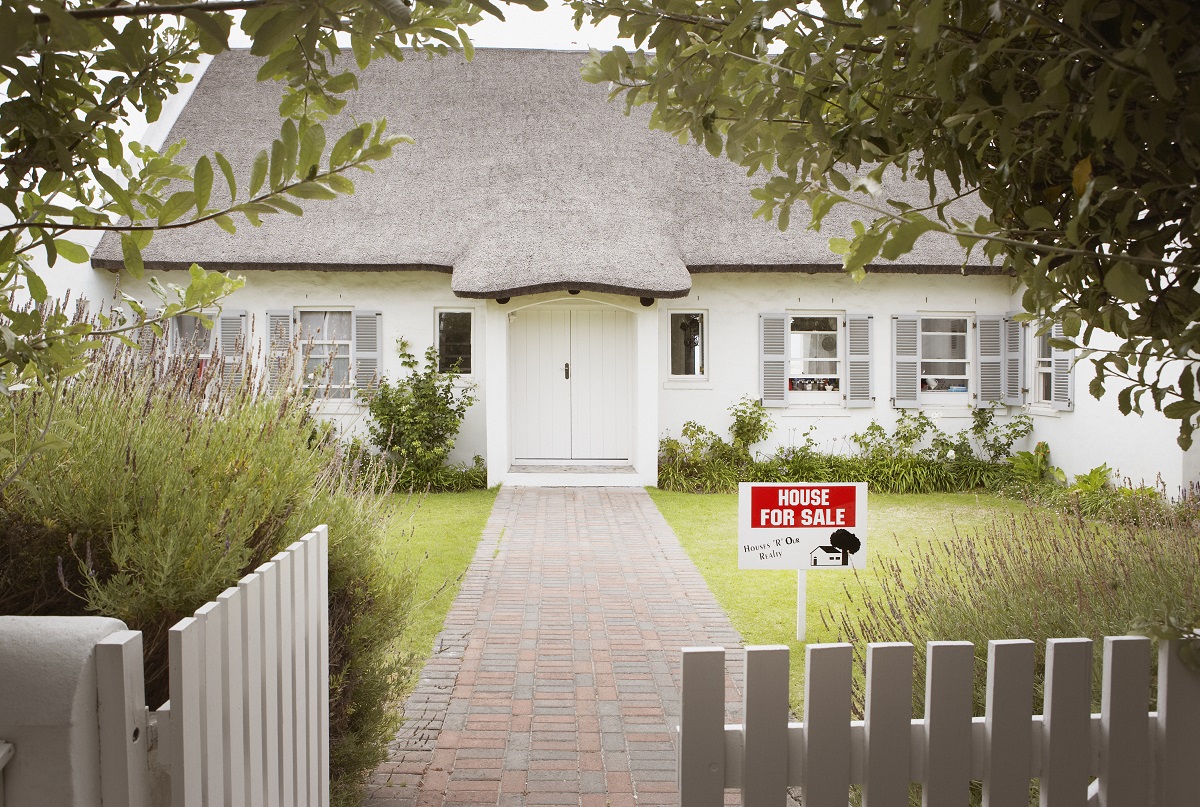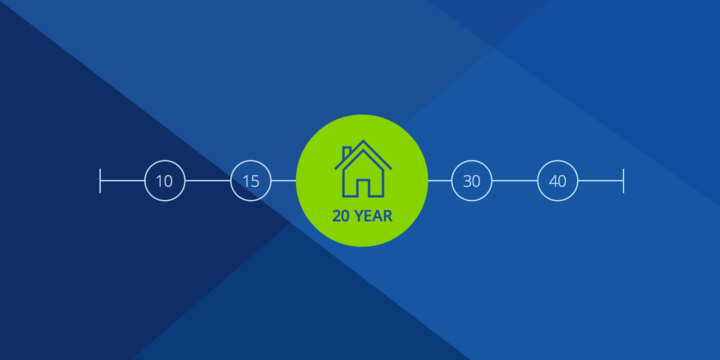How to Buy a New Home if Your Current Home Hasn't Sold Yet
Buying a new home doesn't have to wait until you've sold your current house. You can move forward when a sale takes longer than you'd like.


Written by Zillow on April 10, 2018
Buying a new home while simultaneously selling your current home is like a well thought out, choreographed dance. Because many homeowners often have to use the sale proceeds from their current home to afford their new home, attempting a new home buy before your current one sells can leave you in financial limbo. And you may risk missing out on the new home you want to buy if the timing doesn’t line up just right.
In addition to financial concerns, timing is a challenge when trying to buy and sell at the same time. Relocating for work is a common reason why a homeowner would need to buy and sell at the same time, and when that’s the case, you often don’t have much time to get settled before your job starts. You might also have children or be in a situation where moving into temporary housing before settling into your new home might not be the most comfortable option.
Ideally, to avoid extra costs, timeline challenges, and carrying two mortgage payments, it’s often best to wait until your current home sells before buying a new one. But life can be complicated, and buying and selling concurrently may be your only option. If it is, here are a few ways you can get through it.
Buying with a sale and settlement contingency
Depending on the current market conditions where you’re selling and buying, you may opt to make an offer with a sale and settlement contingency. This means that your offer on a new home is contingent on selling and completing closing on your existing home.
With a contingent offer, you won’t have to worry about carrying two mortgages at once. That monthly debt will be gone by the time you close on your new mortgage.
However, contingent offers do have drawbacks for buyers. For starters, they aren’t as attractive to sellers as traditional, non-contingent offers, which many sellers see as more likely to close.
Some sellers won’t accept a contingent offer because other buyers might decide not to make a non-contingent offer on a home that’s “under contract” — costing the seller a backup buyer if the contingent offer falls through.
Even if a seller does accept your contingent offer, they can still consider other offers. If they get a new offer that they like, you’ll have a specified amount of time (generally 24-48 hours) to drop your contingency and agree to buy the home without conditions.
Bridge loans
If you’re looking for an option that’s specifically designed to help bridge the gap between the time it takes to sell and the time it takes to buy, you might want to consider exactly that: a bridge loan.
Bridge loans are short-term loans designed to temporarily finance your down payment while you’re waiting for your home to sell. This loan type is secured with your current home as collateral.
While bridge loans do offer flexibility for sellers, they do come with some risk. Not all lenders offer these types of loans, but if you do manage to get one, you’ll need to be prepared to repay it fairly quickly. Bridge loans are typically designed to be repaid in six months — quicker than many other traditional loan types. Lenders can extend it to about three years, though it’s not very common.
Plus, the repayment period can be further complicated by uncertainty around the loan terms. Depending on the bridge loan you get, the repayment terms can vary. You might have to make more traditional monthly payments or pay lump sum interest payments up front.
Perhaps what makes this loan type one of the riskiest are the potential repercussions if your home doesn’t sell. If the sale goes sour or the buyer backs out, you’ll still have to pay off the bridge loan according to its terms, and if you’re unable, the lender could foreclose on your home.
Aside from the risks associated with bridge loans, simply qualifying for one is a challenge. When comparing bridge loans vs. home equity loans as options for short-term borrowing, bridge loans generally have higher interest rates and fees than home equity loans. Lenders also want to see higher credit scores for applicants looking to get bridge loans, due to its high risk level.
And with bridge loans, you’ll have to qualify for the second mortgage and make both payments — plus the interest on the bridge loan. This can be a significant financial burden, especially if the home you’re selling isn’t getting offers.
Home equity loans & HELOCs
As an alternative to bridge loans, home equity loans and home equity lines of credit (HELOCs) can offer many of the same benefits with a little less risk. (Home equity loans have a fixed rate and give you a lump sum, while HELOCs allow you to access funds as you need them without paying interest until you withdraw the money from your credit line.)
Like bridge loans, both of these financing options are secured using your current home as collateral. However, they borrow against the available equity in your home, and generally have better interest rates than bridge loans. These long-term solutions typically have a repayment period between five and 20 years.
But don’t let lower interest rates and longer repayment periods fool you. There’s still risk associated with both HELOCs and home equity loans. If your home doesn’t sell, you could wind up paying multiple lump sums of cash each month: your original mortgage (if the home isn’t paid off yet), the mortgage on your new home, and the home equity loan payment.
Not all homeowners qualify. You’ll need to have enough equity in your current home to borrow against. Talk to a lender for more information.
Renting out your home
If you’re able to get the down payment for your new home without a loan, you could consider becoming a landlord and renting out your old house. Even if the rental income isn’t quite enough to cover your full mortgage payment, lowering that monthly payment could still benefit you financially. If you can’t get a stable, long-term renter in your property, you could consider opening your house up on a nightly basis on services like Airbnb.
One benefit of renting out your home is the flexibility it offers. Depending on your circumstances, it can be a short-term way to cover your mortgage payment until you’ve settled in your new home and are ready to sell. You might even find it’s a great way to bring in extra money on an ongoing basis. Just be sure there are no rules associated with your current mortgage loan, HOA, or home insurance policy that prohibit you from renting out the property.
Whether you wait to buy until you’ve sold or are considering one of these options for the transition period, make sure you consult with a lender or mortgage professional to explore which solution might be best for your unique situation.
Have questions about your next steps? Find a local lender on Zillow who can help.
Tags
Tap into your home equity
Zillow makes it simple to explore your options for a Home Equity Line of Credit.
Zillow Group Marketplace, Inc. NMLS #1303160
Get startedRelated Articles
Get a mortgage with Zillow Home Loans
Go from dreaming to owning with low down payment options, competitive rates and no hidden fees. A dedicated loan officer will guide you until you have your keys in hand.

Zillow Home Loans, NMLS #10287. Equal Housing Lender.



